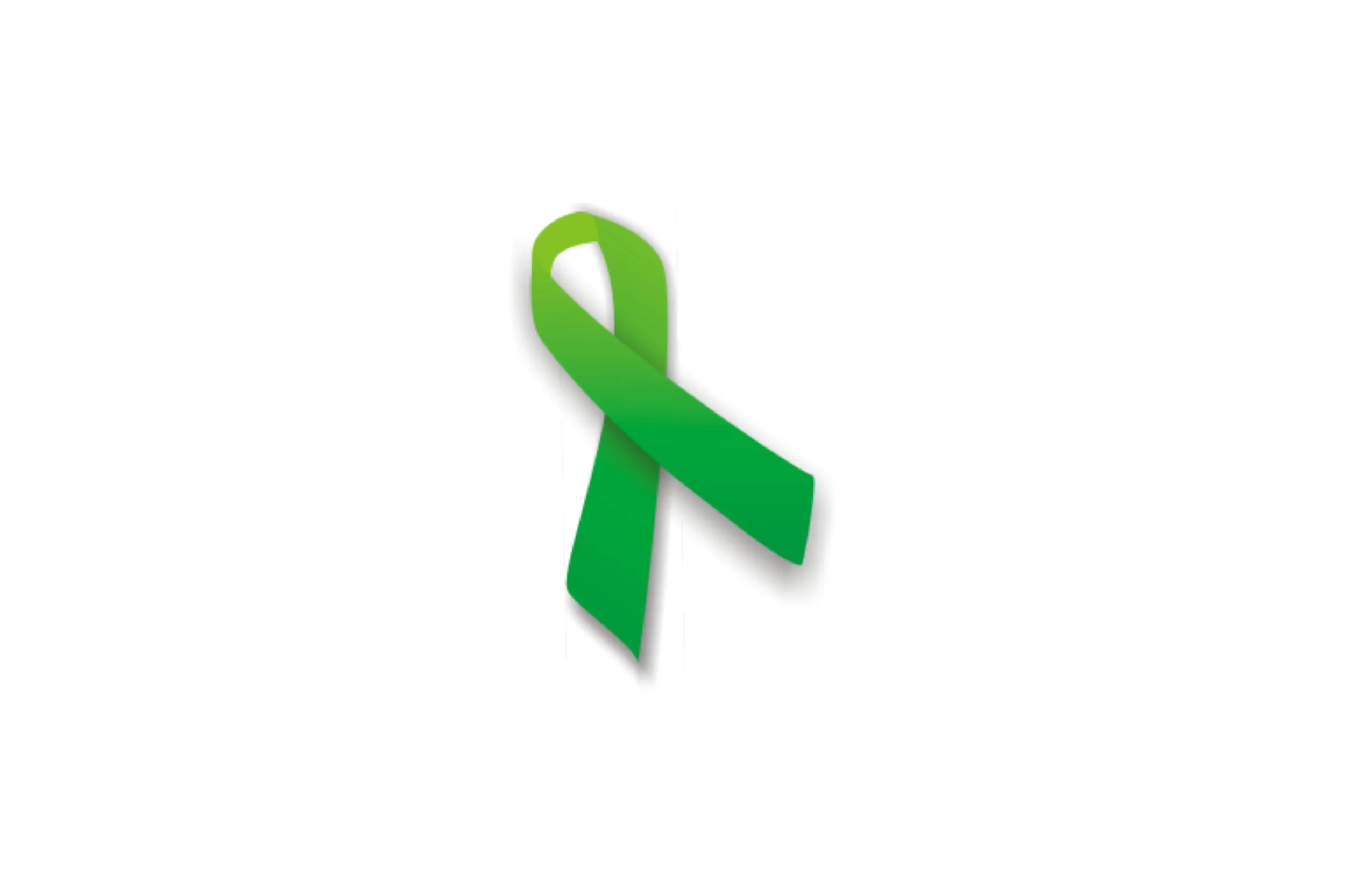Mental Health Awareness Month
Photo courtesy of Wikimedia Commons
This year’s Mental Health Awareness Month theme is “In Every Story, There’s Strength” highlighting the diverse experiences that shape mental health journeys.
The month of May has been recognized as Mental Health Awareness Month since 1949. This month-long acknowledgment of mental health aims to “increase awareness of mental illness and wellness,” according to Psychiatry Advisor.
This year’s Mental Health Awareness Month theme is “In Every Story, There’s Strength,” highlighting the “resilience and diverse experiences that shape mental health journeys within our community,” according to NAMI.org.
While mental health has received much more attention in recent years, it took several decades to reach this point. In 1917, for example, a United States Surgeon General, according to Psychiatry Advisor, “asked Mental Health America to create a mental health program, the draft of which was implemented by the Army and Navy as the United States prepared to enter World War I.” Mental Health America’s influence grew in the 1930s “as over 3,000 people convened in Washington D.C. for the First International Congress of Mental Hygiene.”
The recognition of mental health accelerated when, in 1945, President Harry Truman addressed Congress and recommended an all-inclusive health program, focusing specifically on more research and resources for those struggling with their mental health. Just a year later, in 1946, Truman signed the National Institute of Mental Health (NIMH) Act, which led to the NIMH being “officially established as an institute of the National Institutes of Health in 1949 – the same year as the first Mental Health Awareness Month,” via Psychiatry Advisor.
Since the implementation of the NIMH, there have been numerous decades dedicated to learning and spreading more awareness for not only those who struggle with mental health but also for their loved ones. A specific decade recognized for increasing awareness of mental health is the 1950s and early 1960s.
Psychiatry Advisor states, “With the help of the NIMH, several laws were passed in the 1950s concerning mental health. The Mental Health Study Act of 1955 called for more research into mental illness, while the Health Amendments Act of 1956 gave NIMH the ability to award mental health-related project grants, which got the institute more involved in community-based programs. The 1960s saw Presidents Kennedy and Johnson both call for additional research into social challenges, with mental health being chief among them. Notably, President Kennedy signed the Community Mental Health Centers Construction Act in 1963.”
While Mental Health Awareness Month is celebrated annually, SUNY Geneseo has implemented programs to help students with their mental health all year. On the Geneseo website, there is a tab titled “Mental Health Quick Resource List,” where they provide phone numbers for both mental and physical health emergencies, as well as a suicide and crisis hotline number. The website also lists the following resources: counseling services, an online mental health screening program, group support and workshops, and numerous other resources for students to use.
Geneseo also hosts events for the annual Mental Health Awareness Month, including the Psychology Club’s “Paint the Tree for Mental Health Awareness Month” on May 6 from 5:00 PM to 10:00 PM, and “Mindful Yoga for Mental Health” in Schrader, 152 Dance Studio on May 2 from 12:20 PM to 1:30 PM.

